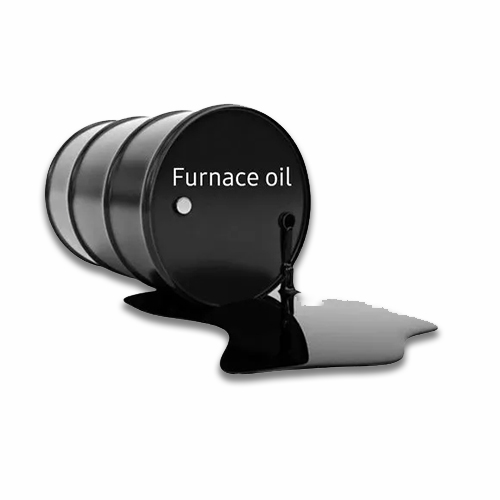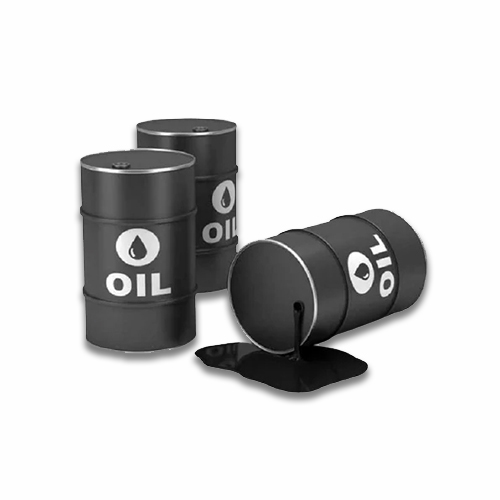Furnace Oil
Home - Energy Division - Furnace Oil
Furnace Oil
Furnace oil, also known as fuel oil, is a dark, viscous petroleum product that is used as a fuel in furnaces for heating buildings or producing hot water. It's commonly categorized as either No. 1, No. 2, or No. 4 fuel oil, with No. 2 being the most commonly used for residential heating. It's typically stored in large tanks and delivered to homes or industrial facilities via tanker trucks. While it's a common heating fuel, it's gradually being replaced by cleaner alternatives due to environmental concerns


MAITRI METAL (P) LIMITED is a leading channel partner, distributor, and stockist of furnace oil, dedicated to addressing a wide range of heating needs. We provide reliable solutions for residential, industrial, and commercial applications, ensuring that our furnace oil meets rigorous specifications for optimal performance. Our commitment to quality and compliance with regulatory standards makes us a trusted source of energy, whether it's for heating homes, supporting industrial processes, or fueling marine vessels. With a focus on dependability and efficiency, MAITRI METAL (P) LIMITED is your go-to partner for all furnace oil requirements
Specification
- Density : Furnace oil typically has a density ranging from 0.85 to 0.95 grams per cubic centimeter (g/cm³) at 15°C. This density range ensures proper flow and combustion characteristics.
- Viscosity : The viscosity of furnace oil is an important parameter affecting its flow and atomization during combustion. It typically ranges from 10 to 15 centistokes (cSt) at 40°C. Lower viscosity allows for easier pumping and atomization.
- Flash Point : The flash point is the temperature at which the oil emits enough vapor to ignite in the presence of an ignition source. For No. 2 furnace oil, the flash point is usually around 38°C (100°F), ensuring safe handling and storage.
- Sulfur Content : Sulfur content in furnace oil is regulated due to environmental concerns and its impact on air quality. It's often specified to be below 0.5% by weight, although in many jurisdictions, there are stricter limits aiming for ultra-low sulfur content.
- Pour Point : The pour point is the lowest temperature at which the oil remains fluid enough to flow. It's typically below -20°C (-4°F) for furnace oil to prevent solidification and ensure usability in colder climates.
- Ash Content : Ash content refers to the inorganic residue left behind after combustion. Furnace oil is typically low in ash content, often less than 0.01% by weight, to minimize fouling and deposits in heating systems.
- Water Content : Water content in furnace oil should be minimal to prevent corrosion and combustion issues. It's usually specified to be less than 0.1% by volume, ensuring fuel quality and system reliability.
- Carbon Residue : Carbon residue is a measure of the carbonaceous material left behind after complete evaporation and pyrolysis of the oil. It's specified as a maximum value to ensure clean combustion and minimize soot formation.
- Cetane Number : While more relevant for diesel fuel, cetane number measures the ignition quality of the oil. Higher cetane numbers indicate better ignition characteristics, but it's less commonly specified for furnace oil compared to diesel fuel
Application
Furnace oil, with its specific density, viscosity, flash point, and sulfur content, finds application primarily in residential heating, industrial processes, power generation, marine transportation, and commercial buildings. Its controlled specifications ensure safe and efficient operation in various heating systems, meeting regulatory requirements and environmental standards. Whether used in furnaces for home heating or in industrial boilers for manufacturing processes, furnace oil provides a reliable source of energy, particularly in areas with limited access to natural gas or electricity


